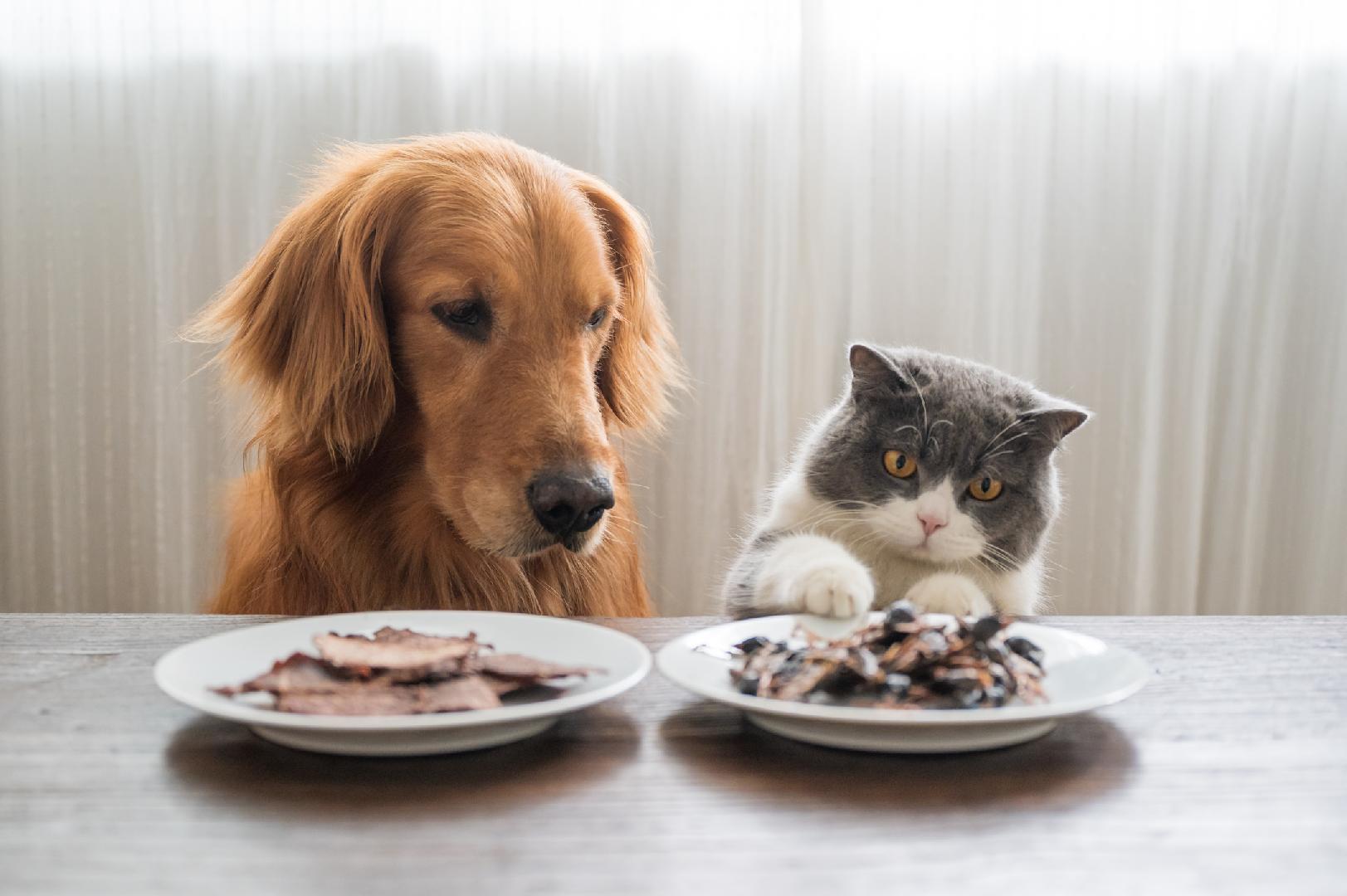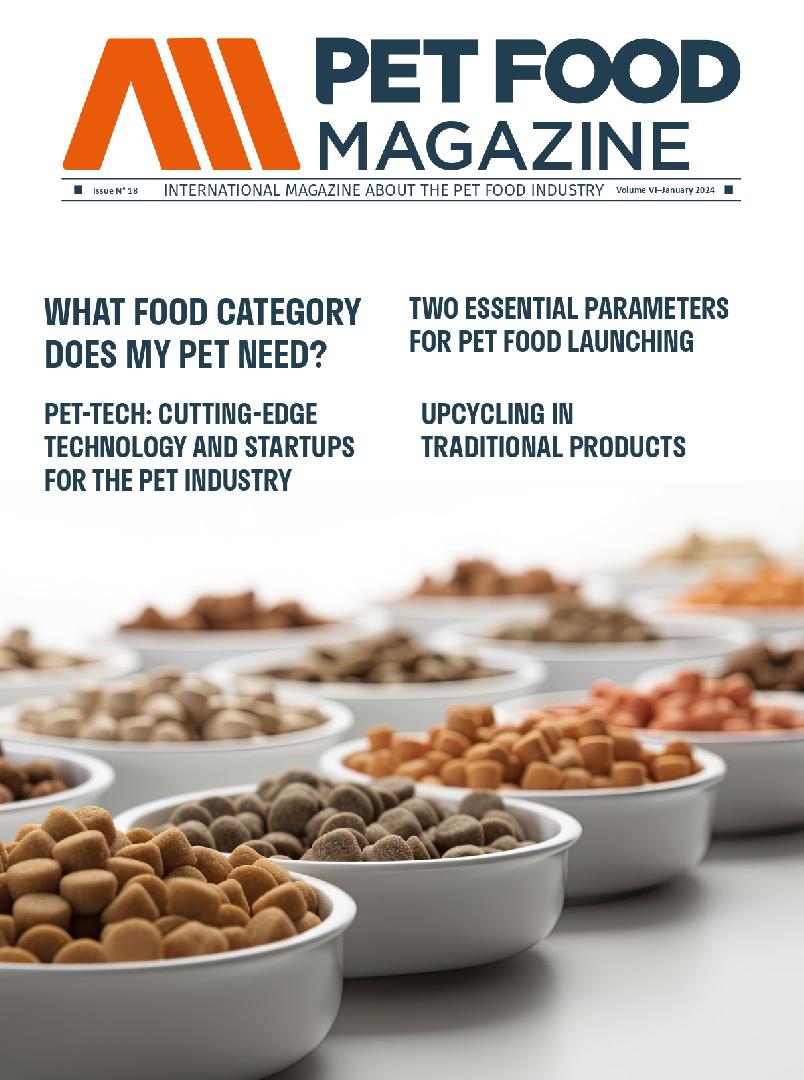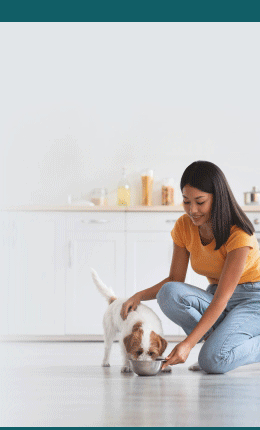Palatability is also a set of observations that pet parents make during feeding times and are mainly related to the speed of consumption, gestures of satisfaction and eating completely the offered ration.
But also Palatability is a technical attribute of the product, which can be controlled through the correct calibration of the production system and the selection of ingredients. To better understand this, it is necessary to first define what palatability is in general terms and in technical terms.
General definition of Palatability: it is the ability of a food to generate attractiveness in dogs or cats as a result of the activation of their senses and the stimulation of the impulse to feed, it is closely related to the smell and taste of the food, but also to its shape and texture.
Technical Palatability: is the result of a palatability test on a trained panel of pets. The panel must meet numerous size, training, and lifestyle requirements to be considered calibrated. The test must follow a pre-established and proven protocol that is robust for data generation. Finally, the test data must be processed by a suitable statistical method to obtain a numerical conclusion of the result.
The two protocols most used today to measure palatability are the versus test and the monadic test. The versus test consists of offering two dishes simultaneously to the pet for a specified time, each with a different food and allowing the pet to freely choose which one they prefer. The monadic test is offered a single food for a certain time and the pet is allowed to consume it freely.
The monodic test mainly indicates the level of consumption of a food, it is more related to the natural way of feeding pets in homes, but it has a relatively low discriminatory power between two specific foods, or in other words, to If there is a significant difference between two foods in a monadic test, their difference in palatability should be quite noticeable. The versus test, on the other hand, mainly indicates a preference, it has a very high discrimination power, allowing even very well-trained panels to detect very subtle differences between two foods, such as small changes in the formulation.
While the monadic test is recommended to evaluate whether a food is consumed at adequate levels by a pet and meets certain nutritional requirements, the versus test is more appropriate when deciding whether between two options there is one that is better for pets In this way, it allows us to decide, for example, between two types of cereals, two types of fat or two different cooking temperatures.
Now, back to the title of the article, we will answer each of the questions asked.
First, if it is possible to control palatability, because there is a standardized and protocolized measurement tool, the versus test or a monadic test.
Second, it is also possible to predetermine or preset palatability levels in a set of foods, this is achieved by evaluating the response of various production parameters, formulation and doses of certain key components in the product. An order or staggering of palatability can then be established in a portfolio of brands, thus, for example, more palatability can be granted to premium brands and moderate levels to economic ones. The response to specific products can also be differentiated, for example, by making a product for small breeds more palatable than its counterpart for large breeds.
But how is this achieved on a practical level?
The first step is to measure palatability in a research center prepared for it. In general, the versus protocol is recommended to detect small differences between two options, which can be two competitors in the same market segment, two different formulas for the same product, or a prototype product in development versus an established one. This will establish the baseline on which to plan the levels and modifications.
The second step is to guarantee a basal level of palatability as high as possible, working on the texture of the kibble, the quality and type of raw materials used in its formulation and a number of key parameters during the manufacturing process. This will not leave as an element of differentiation between various types of products, mainly the type of external application of fats and flavorings.
An example of key parameters to control to maximize kibble attractiveness is as follows:
Once we have the main process points under control and we ensure an optimal kibble, we must define levels of external fat coverage and liquid and / or powder flavoring to differentiate the products in each market segment. The objective is always to adjust to the nutritional profile of the food, but to try to place the greatest amount of fat externally, which is where it can be most appreciated by the taste and olfactory senses of the pets. Regarding flavorings, higher doses should be chosen for products of greater relevance in the portfolio, the premium brands. It is also possible to select from the market a variety of flavoring options of different "strength" or different levels of palatability. The level of palatability of a flavoring is determined by its ingredients and its manufacturing process, and what finally gives the positioning is a palatability test, it is generally accepted that to consider a flavoring as belonging to a higher level than another determined, the most powerful one must obtain a statistically significant favorable result compared to another, applied in the same doses and in the same croquettes.
Example table of doses of fats and flavorings:
The same concept applies to fats and to finished products in general. When defining the palatability level of two fats, a palatability test is performed between both ingredients, both applied in the same dose on the same batch of dry kibble and under the same conditions, with which the only different factor is fat. That ingredient that achieves a statistically significant result over the other can be considered as having a higher level of palatability.
By applying this same experimental design to the test of two finished products, the palatability level of each can be established. To avoid sample selection biases, it is recommended to choose both products in the market by randomly choosing the point of purchase. It is not valid to compare a pilot prototype with a product on the market. Another key factor is the freshness of both products, where it is recommended that they do not differ in the 30 days of manufacture to consider the same age.
In summary, although palatability is a complex concept that is fundamentally a sensory, biological response, therefore, to a food. There is accumulated even scientific evidence and practical experience that indicate ways to rationalize and model this concept at very specific points in the manufacture and formulation of a product with the aim of achieving predetermined effects.
Fuente: Juan Manuel Peralta
You could be interested: Palatability: the importance of producing palatable food














































